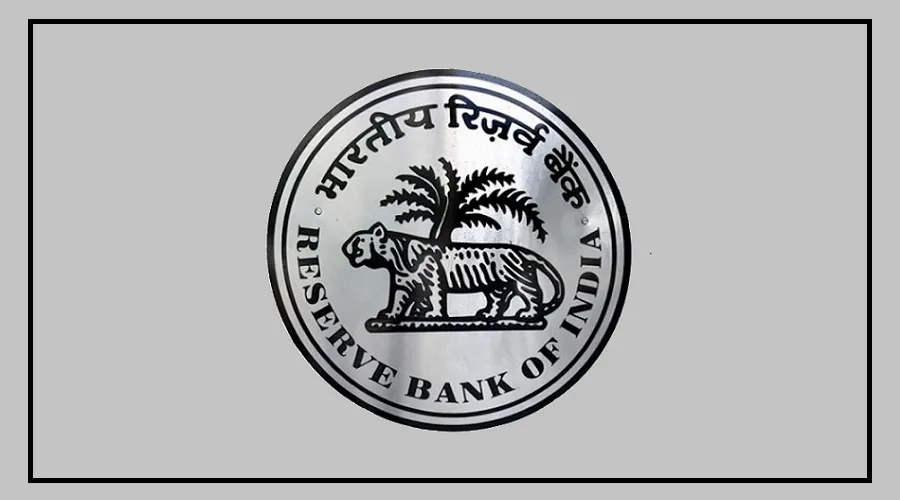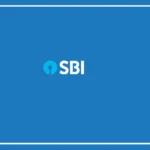The Reserve Bank of India (RBI) has announced that the interest rate for its Floating Rate Savings Bond (FRSB) 2020 (Taxable) has reached an all-time high of 8.05 percent.
This surpasses the fixed deposit (FD) interest rates offered by both public sector and private banks.
If you’re considering maximizing your returns, it’s essential to evaluate the potential benefits and factors to consider when investing in the RBI Floating Rate Savings Bond.
Interest Rate Surpasses National Savings Scheme by 0.35%
The RBI Floating Rate Savings Bond (FRSB) currently offers an interest rate of 8.05%, which is 0.35% higher than the interest rate provided by the National Savings Scheme (NSC).
The NSC’s interest rate for the July-September 2023 quarter stands at 7.7%.
The FRSB is a floating rate bond, meaning that its interest rate fluctuates over time.
When the NSC’s interest rate increases, the FRSB’s interest rate also rises accordingly.
This bond is a safe investment option approved by the RBI.
Understanding the Benefits and Considerations
Investing in the RBI Floating Rate Savings Bond presents several advantages.
Firstly, it offers a higher interest rate compared to FD rates. Secondly, it has a maturity period of 10 years, allowing for long-term investments.
However, it’s important to note that the FRSB carries the risk of fluctuating interest rates.
Additionally, it is a taxable investment, necessitating a thorough understanding of potential tax liabilities before committing to it.
If you seek a secure investment opportunity with high interest rates, the FRSB may be an appealing choice.
Interest Rate Review on January 1, 2024
The interest rate on the RBI Floating Rate Savings Bond is reviewed every six months.
The next review is scheduled for January 1, 2024. If the NSC’s interest rate increases, the interest rate on the FRSB will also rise.
Conversely, a decrease in the NSC’s interest rate will result in a corresponding decrease in the FRSB’s interest rate.
For example, with the current NSC interest rate at 7.7%, the RBI Floating Rate Savings Bond carries an interest rate of 8.05%.
Understanding Interest Rate Increases
Suppose the NSC’s interest rate reaches 8% within the next six months.
In that case, the interest rate on the RBI Floating Rate Savings Bond will also increase to 8.35%.
It’s crucial to note that the interest rate changes occur every six months, necessitating careful consideration of your risk profile before deciding to invest.
Notably, the interest rates offered by public sector banks for fixed deposits, such as SBI (6.5%), HDFC Bank (7%), and ICICI Bank (7%), are lower than those offered by the RBI Floating Rate Savings Bond.
This bond also outperforms small savings schemes like the NSC and five-year post office Monthly Income Scheme account (MIS) in terms of interest rates.
























